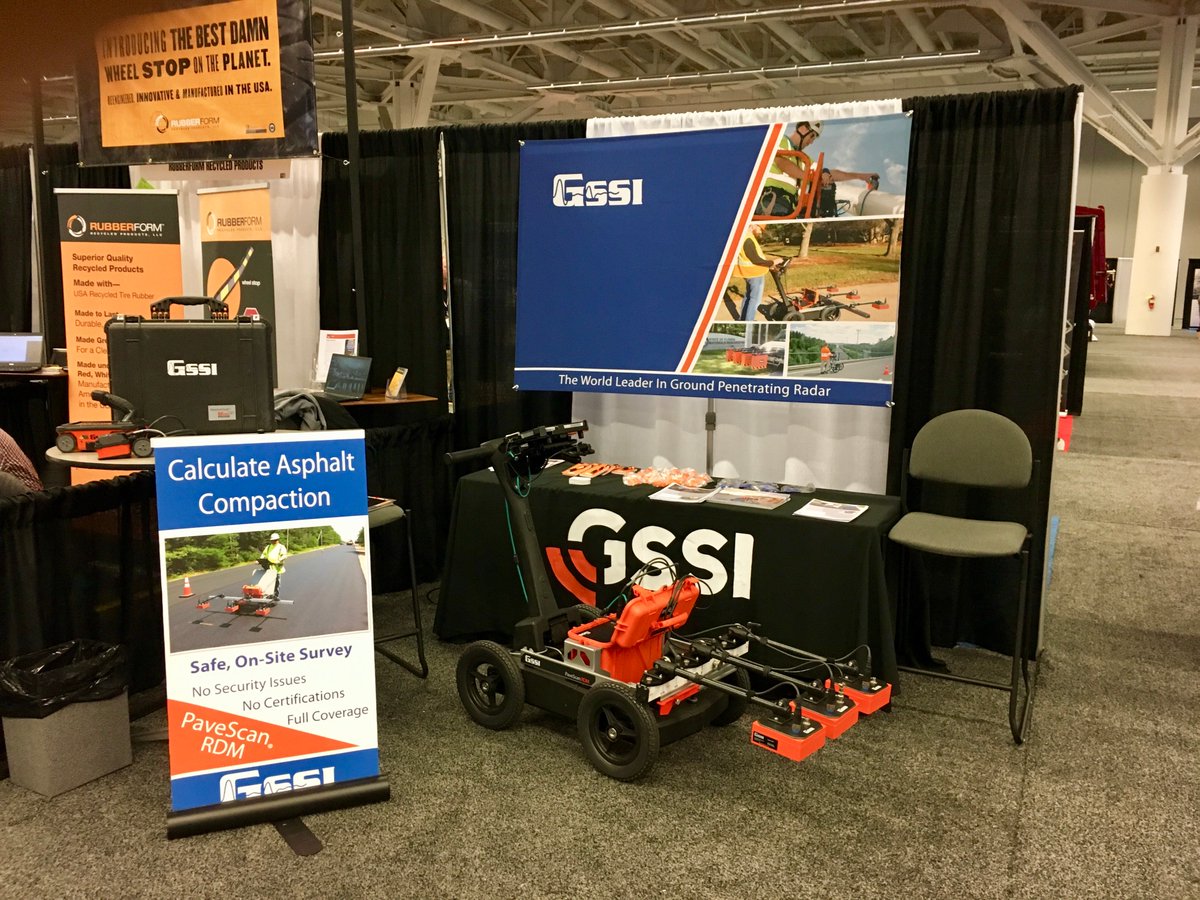

24HR Emergency Av.GPR is used without any radioactive element, instead emitting a pulse of energy into the concrete that bounces off any objects in the slab. GPR Concrete Scanning Service is available to X-ray all concrete slabs in 2D & 3D. As the world struggles to improve its critical infrastructure, attention is being paid to non-destructive testing (NDT) methods that can help to accurately determine what can be repaired and what needs to be replaced.We use GSSI GPR scan to find what is below surface level. Radar traces.Ground-Penetrating Radar for Dam Investigative Applications An accurate non-destructive approach can save time and money.
The compact tool, combined with a GSSI Palm XT antenna, gives operators the ability to cross-polarize for an enhanced level of horizontal and vertical positioning accuracy. Due to the severity of the potential risk and the popularity of Yankee Stadium, the use of X-ray was impossible for this job.The contractor turned to GPRS, which scanned the area with the GSSI StructureScan Mini XT. If accidentally severed, these high-tension steel strands can snap with enough force to break through the concrete and possibly injure the contractor. For example, during a recent project to revitalize the upper deck at New York’s Yankee Stadium, the general contractor had to penetrate the concrete floor to work on the ballpark’s protective railings and expected the presence of post-tension cables. GPRS opted for this more versatile technology, which can be used for both elevated concrete slabs and slab-on-grade applications.GPRS found that GPR equipment helps contractors safely avoid obstacles in concrete, reducing costly delays and potential injuries.
GPRS provided a mark-out of the location and depth of targets as well as a 3D camera report with a virtual tour to the structural engineering client.When paired with GPR equipment, GPRS also complements other tools. Scanning the slab and topping with the SIR 4000 and Palm Antenna, the technicians uncovered a complex circumferential reinforcement design. The building featured an 8-inch slab with a 1.5-inch topping slab. GPR lets us provide quantitative data and relevant information to our customers so that they’re able to do their jobs more safely.”The GPRS team was also hired by a structural engineering firm to determine the structural reinforcement of a building in Boston, Massachusetts, that was originally used to manufacture cannons and as an armory. He explains, “You never really know what’s beneath the surface.
A radio detection tool actively locates pipes under the surface, putting a tone on a tracer and tracing metallic pipes. Rodders are used to send traceable lines through pipes to then put a tone on the tracer to assist location. Utility projects range from mapping out an entire facility’s utility plan and providing a detailed AutoCAD file to examining a small area before installing even a single light pole.Just like combining GPR with other techniques for concrete scanning, GPR is an integral part of the utility locator’s toolbox. To meet the need to locate live power in conduits, GPRS also began providing utility detection services.In recent years, GPRS has moved into using GPR for utility location, diversifying its business from 95 percent concrete scanning in the early 2000’s to now performing 40 percent concrete scanning and 60 percent utility scanning.
For the utility locating portion of the job, GPRS used GSSI’s SIR 4000, with a 400 MHz Antenna. According to GPRS’s Schaff, “GPR technology really allows us to hone in, be more precise, and sets us apart from other service companies that don’t have it.”Utility locating also came into play at the Yankee Stadium project, where GPRS had to locate utilities under the sidewalk in front of the stadium before the contractor dug a 125 square foot trench. GPRS also uses closed-circuit video (CCTV) robots that navigate pipes internally to produce an inside-out visual pipe inspection.GPR can determine the location of a PVC pipe that does not have a tracer wire, which would have evaded radio detection or discovery by an electromagnetic tool. Other electromagnetic induction equipment serves a similar purpose.
“We use GSSI GPR for every one of those markets and every one of those jobs. In 2019 alone, GPRS completed 70,000 individual projects in nearly 60 markets with an overall accuracy rate of 99.5 percent. “Because our business has two different verticals with concrete scanning and utility location, we want to use an equipment company that has the ability to cross over and do both,” Schaff says.


 0 kommentar(er)
0 kommentar(er)
